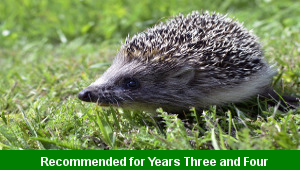Lesson One – Word Suffixes

This English teaching pack for Key Stage Two gets the children to explore the spellings and meanings of different words with endings which sound like /ʃəs/ spelt cious or tious to use when describing events from an adventure story.
The class can explain and describe how authors can use different characters to narrate and structure the opening of a story with a specific setting.
Download this teaching pack including a lesson plan, classroom activities and an interactive presentation to explore the spellings and meanings of different words with endings which sound like /ʃəs/ spelt cious or tious to use when describing events from an adventure story
Activities in this teaching pack include differentiated sets of cards to select, match and record the spellings and meanings of different words with endings which sound like /ʃəs/ spelt cious or tious to use when composing sentences related to an adventure story.
The interactive presentation gets the children to explore the spellings and meanings of different words with endings which sound like /ʃəs/ spelt cious or tious.
This lesson is part of an English scheme of work to get the children to investigate the main characters, settings and sequence of events in an adventure story by a significant ’s author that takes place in a rainforest location. There are teaching activities for shared learning, differentiated worksheets to support independent learning and interactive presentations to introduce concepts and key skills.
-

Rounding Hundreds
Explain and model how to round some different numbers to the nearest hundred based on the place values of the digits in each number
-

Rounding Tens
Identify and record how to round some different numbers to the nearest ten based on the place values of the digits in each number
-

Classic Animal Stories
Investigate the structure and content of classic works of fiction by significant authors with animals as the main characters
-

Cities, Towns and Villages
Research and present the history of a range of different buildings and people that are part of the local community using a school exhibition
